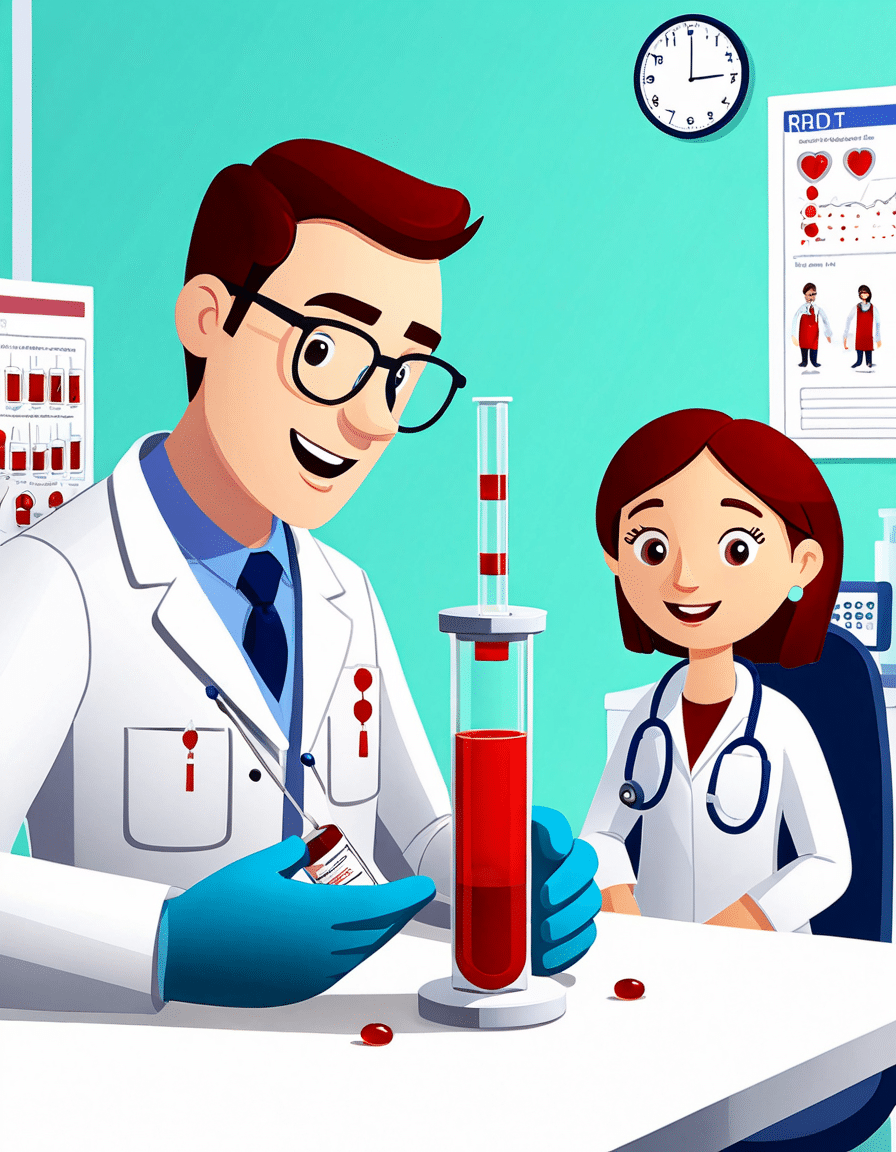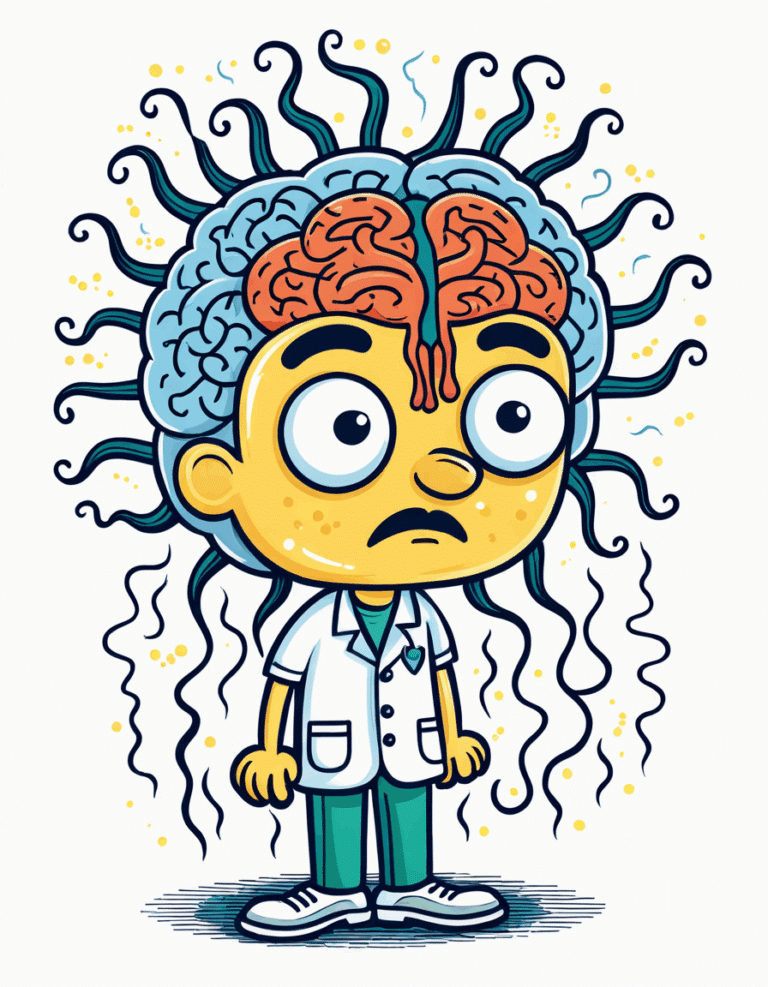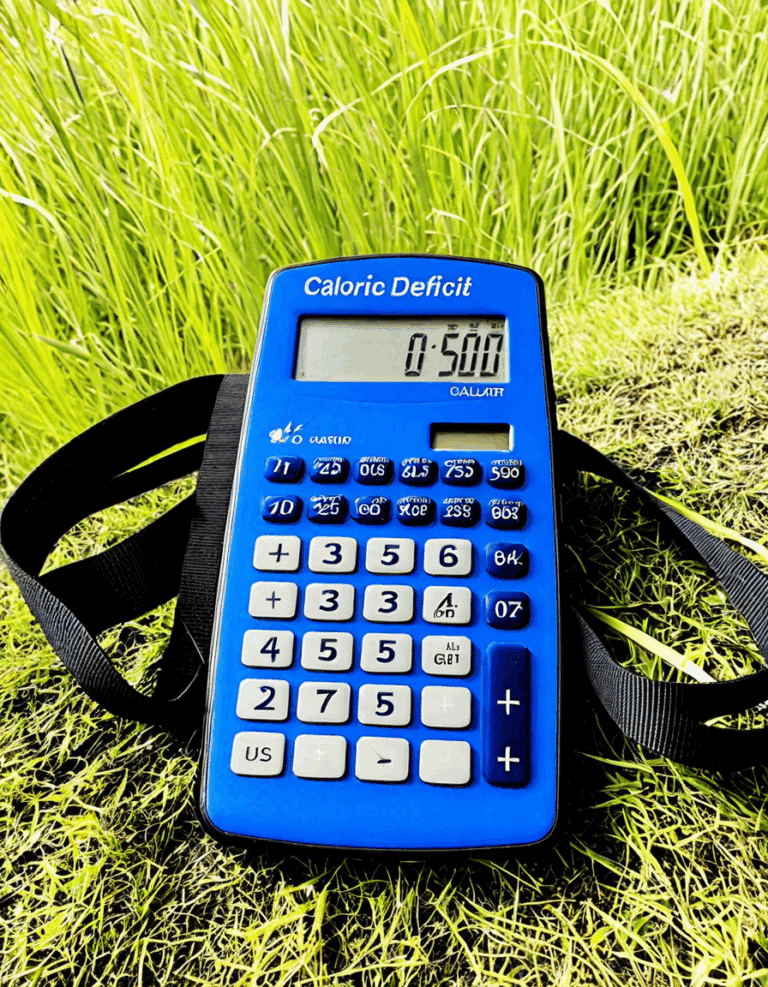Alright, fitness enthusiasts, let’s get down to business! Today, we’re diving deep into a topic that’s as essential for your health as hitting the gym: what is the RDW in a blood test and why it matters. Your body is a temple, and understanding its inner workings not only helps you build muscle but also keeps you feeling amazing. Are you ready to get shredded? Let’s pump some knowledge into your workouts!
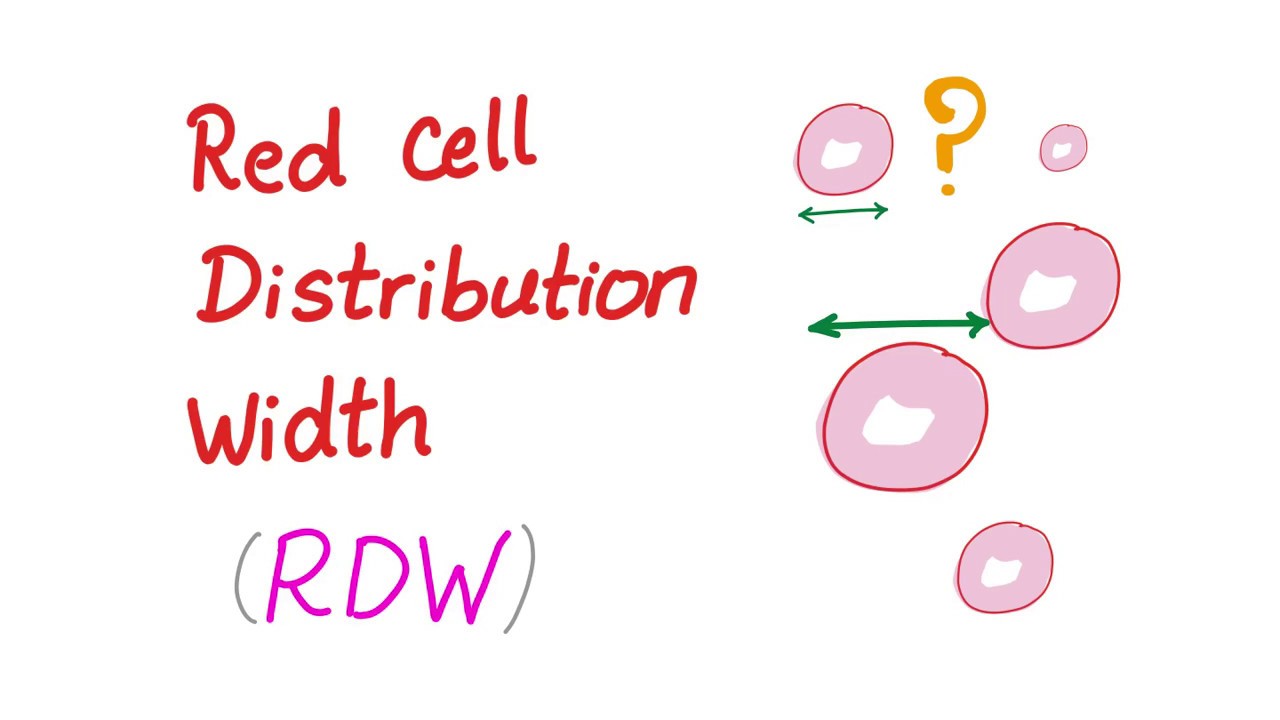
Understanding RDW: What Is the RDW in a Blood Test?
Red Cell Distribution Width (RDW) is a measurement that you’ll find in a Complete Blood Count (CBC) test. But what does it really mean? Simple answer: it measures the variability in the size of red blood cells (RBCs) in your blood. Think of it as a way to gauge the “size diversity” of these little powerhouses! RDW is expressed as a percentage, indicating the spread of RBC sizes from the smallest to the largest.
Now, if your RDW is elevated, it can be a red flag waving at you. It often points toward variations in red blood cell production, which could be linked to several health conditions. It’s like your body’s way of sending you a message that more investigation might be needed. So, don’t ignore it!

The Importance of RDW in Diagnosing Health Conditions
Top 7 Reasons Why the RDW in a Blood Test Is Critical
Anemia? You don’t want it! RDW plays a key role in diagnosing various types of anemia. For instance, if you have a high RDW coupled with low hemoglobin, it might be a sign of iron-deficiency anemia. On the flip side, a normal RDW might point toward anemia of chronic disease. Research says that people with higher RDW values are more likely to have macrocytic anemia, which means your red cells are larger than they should be. That’s not a good look!
Ever heard you are what you eat? Well, it rings true here! Variations in RDW can help you uncover nutritional deficiencies. A high RDW can indicate folate deficiency or issues with vitamin B, which means your red blood cells aren’t doing their job effectively. Time to hit the kitchen and cook up some nutrient-rich meals!
Pay attention! Increased RDW has been linked to a higher risk for cardiovascular diseases. A study published in the Journal of the American College of Cardiology pointed out that folks with elevated RDW levels had worse cardiovascular outcomes. It’s like your body shouting out warnings—don’t ignore them!
An elevated RDW can also serve as a flag for inflammation. Conditions such as rheumatoid arthritis and lupus often show high RDW levels. This helps healthcare professionals understand that further evaluation is necessary. Knowledge is power: get checked!
Going under the knife? Keep RDW in mind! Studies are showing that patients with RDW above certain thresholds may face higher risks of postoperative complications. So, if you’re heading for surgery, ask your doc about your RDW and prepare accordingly!
A typical RDW isn’t just a number; it’s a window into your overall health. Research indicates that elevated RDW levels can correlate with mortality rates across different populations. Make it a habit to keep an eye on your RDW because your health matters!
In diseases like thalassemia, RDW is crucial for distinguishing between types. Increased RDW values guide treatment adjustments, showcasing its importance in personalized healthcare. Tailored treatments could lead to better outcomes, so keep your RDW in check!

RDW Interpretation: What Is the RDW in a Blood Test?
Now let’s get down to the nitty-gritty of interpreting RDW. The normal range for RDW typically lies between 11.5% and 14.5%. Elevated levels often indicate a wide array of conditions while lower-than-normal values can signify something like hydration status or inefficiencies in red blood cell production.
It takes expertise to accurately interpret these values. If your RDW is off, don’t panic—just consult with your healthcare provider for further tests. Remember, better knowledge equals better health!
Real-World Implications: Patient Stories
Let’s put theory into action. Meet John, a 52-year-old man who felt constantly fatigued and weak. After routine blood testing, his RDW spiked at 16%. With further assessment, doctors diagnosed him with iron deficiency anemia. This prompted changes in his diet and supplements, helping him significantly boost his energy levels. Proof positive that understanding your RDW can literally change your life!
On the other hand, Sarah, a 32-year-old diagnosed with autoimmune arthritis, noticed her RDW creeping up during her quarterly check-ups. This information helped her medical team tweak her treatment to manage symptoms effectively. So, don’t underestimate the power of your RDW—it can guide significant changes in your health journey!
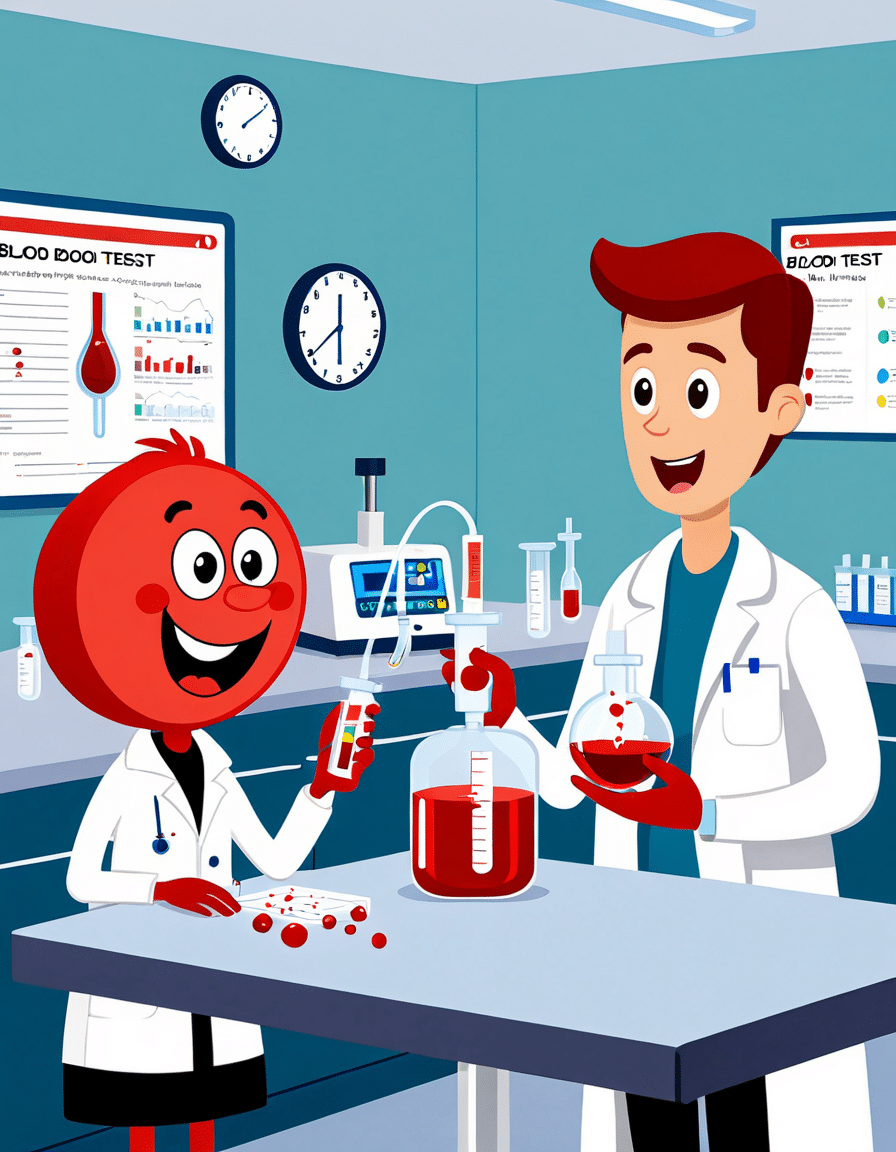
The Future of RDW Measurements in Blood Tests
As we look ahead, exciting tech advancements are on the table for RDW measurement. High-throughput analysis and artificial intelligence are set to refine RDW accuracy. Imagine being able to catch health issues before they escalate—all because of a refined RDW measurement!
This evolution suggests that the future holds potential where RDW will play an even bigger role in preventive healthcare. By understanding minor fluctuations in red blood cell metrics, you can take preemptive action, making wellness a priority. It all comes back to you!
In summary, what is the RDW in a blood test? It’s much more than a number; it’s a pivotal piece of your health story. By grasping RDW’s significance, both you and healthcare providers can create proactive strategies for better health outcomes, keeping you on the path to looking and feeling your very best! So strap on those gym shoes, develop some tasty high-nutrient recipes, and make health an unstoppable journey. Let’s crush those goals together!

What is the RDW in a Blood Test
When you dive into the details of a blood test, you might stumble upon the term RDW, or Red Cell Distribution Width. So, what is the RDW in a blood test? Simply put, it measures the variation in size of your red blood cells (RBCs). This can be vital for diagnosing different anemia forms, among other conditions. Interestingly, variations in RDW can sometimes hint at nutritional deficiencies, like a lack of folate or vitamin B12. It’s kind of like how the members of SWV bring their unique styles and talents to create a harmonious sound; similarly, the size variation in red blood cells tells a story about your health.
Now, let’s talk trivia! Did you know that RDW is often analyzed alongside other parameters like hemoglobin (which transports oxygen) and hematocrit (the volume of blood that’s made up of red blood cells)? It’s sort of like getting the full picture of your blood health, just like a well-rounded cast in Walking Dead dead city adds depth to the story. An increased RDW could signal various health issues, which is something clinicians keep an eye out for—almost like how folks ponder most likely To Questions at get-togethers to spark discussion about people’s personalities.
Additionally, one fascinating aspect to note is how RDW can sometimes yield clues about inflammatory diseases or other medical conditions. It’s similar to how treatment options for paronychia highlight the importance of addressing underlying issues—knowing the specifics can lead you towards a better treatment avenue. Ultimately, understanding what RDW reflects is crucial for broader health assessments, much like savoring a fine cup of Earl Grey tea can enhance your afternoon routine! So, the takeaway is clear: keep an eye on your RDW; it just might offer insights into your overall well-being or alert you to areas needing attention, just as anthropological studies uncover hidden cultural narratives, like those around Rico rodriguezs character developments.
